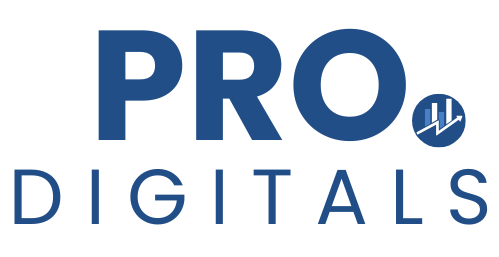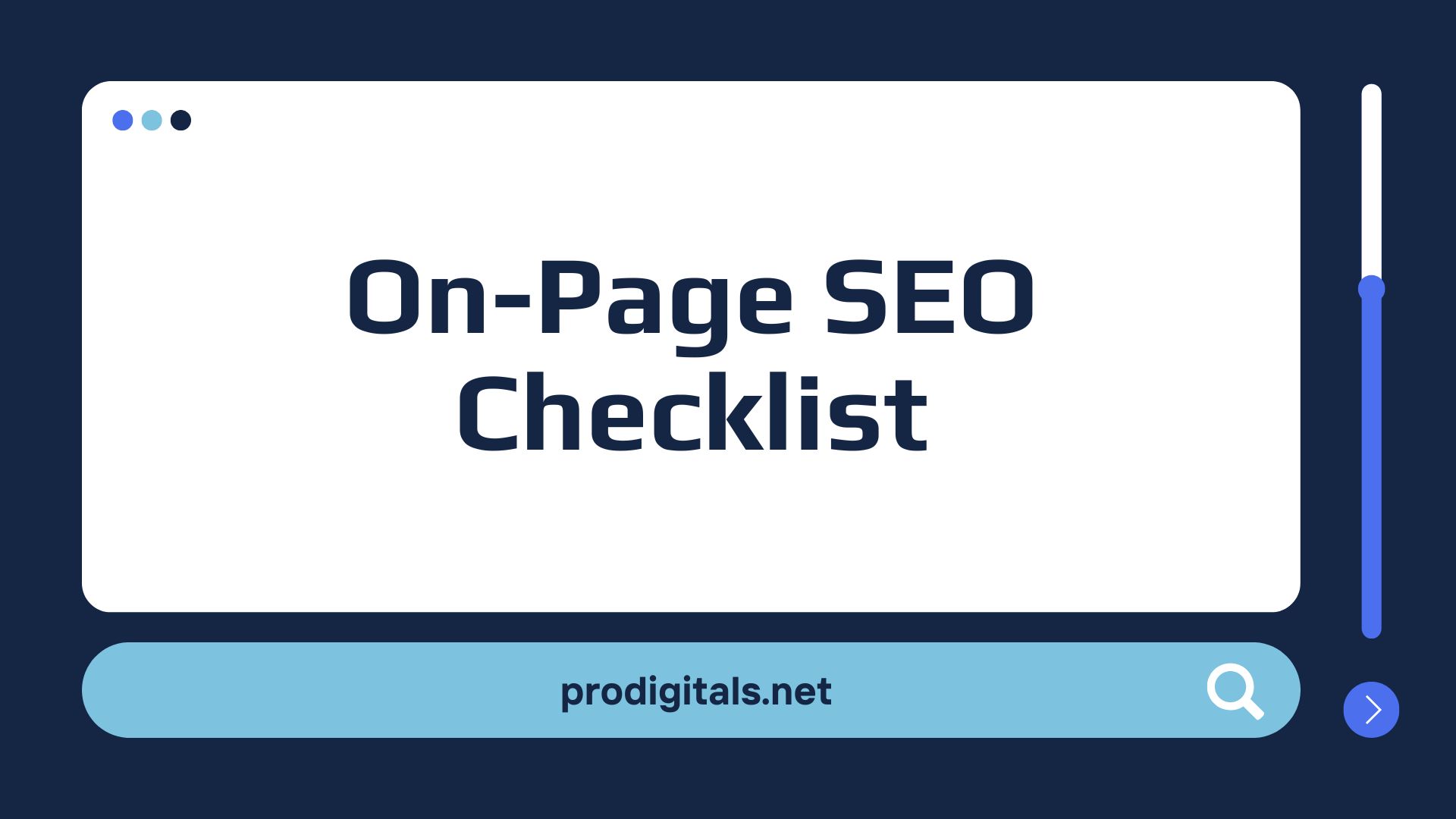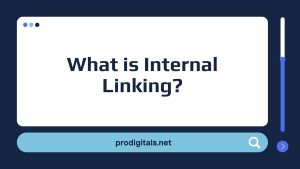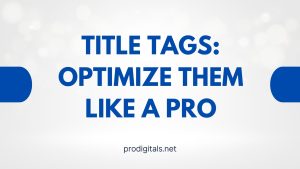Search engine optimization isn’t a mystical art—it’s a science. Yet, too many treat it like a slot machine, stuffing keywords and praying for a jackpot. Spoiler: that hasn’t worked since 2010. Modern SEO demands precision, adaptability, and a ruthless focus on user experience. This on-page SEO checklist isn’t just a guide; it’s a battle plan for outmaneuvering competitors and securing top-tier rankings.
Understanding On-Page SEO: The Foundation of Visibility
On-page SEO is the meticulous process of optimizing every element within your website to satisfy search engines and users alike. Unlike off-page SEO—which hinges on backlinks and social signals—this is territory you fully control. Imagine building a house: off-page SEO is the neighborhood, but on-page SEO is the foundation, plumbing, and wiring. Cut corners here, and the whole structure collapses.
Why This Checklist Is Non-Negotiable in 2025
Google’s algorithm evolves faster than viral TikTok trends. Last year’s best practices? They’re today’s relics. This on-page SEO checklist is engineered for 2025’s landscape, where AI-generated content floods SERPs and user intent reigns supreme. Miss one step, and you’re invisible.
1. Keyword Research: The Compass for Your Content
Before typing a single word, you need a roadmap. Keyword research isn’t about guessing—it’s about decoding what your audience craves.
Targeting Keywords That Matter
- Tools of the Trade: Ahrefs, SEMrush, and even Google’s Keyword Planner reveal search volume and competition. But don’t just chase high-volume terms—low-competition gems often convert better.
- Search Intent Mastery: Is the query informational (“what is on-page SEO?”), navigational (“HubSpot login”), or commercial (“best CRM software”)? Align your content accordingly.
- Long-Tail Dominance: Phrases like “on-page SEO checklist for e-commerce” attract qualified traffic. They’re specific, less competitive, and signal high purchase intent.
Strategic Keyword Placement
- Title Tag: Front-load your primary keyword. Example: “On-Page SEO Checklist: 2024’s Most Comprehensive Guide” outperforms vague alternatives.
- URL Slugs:
/on-page-seo-checklistis clean;/post123?=seo_tipsis a dumpster fire. - Opening Lines: Mention the keyword within the first 100 words. Google’s bots are impatient—hook them fast.
- Headers: Use H2s and H3s to structure content, weaving keywords naturally. No stuffing. Ever.
- LSI Keywords: Synonyms like “search engine optimization tips” or “SEO best practices” add context without repetition.
Pro Tip: If your keyword density exceeds 2%, you’re either a spam bot or stuck in 2005.
2. Title Tags & Meta Descriptions: Your First Impression
These elements are your digital handshake. Weak? You’re ignored. Strong? You’re clicked.
Crafting Irresistible Title Tags
- Character Limit: 60 characters max. Beyond that, Google truncates with an unflattering “…”.
- Keyword Priority: Place the target term near the front. “On-Page SEO Checklist: 25 Tactics for 2025” > “SEO Tips for Beginners”.
- Emotional Triggers: Use power words like “Ultimate,” “Proven,” or “Essential.” But avoid clickbait—Google penalizes empty promises.
Meta Descriptions That Convert
- Length: 150-160 characters. Any longer, and your message gets amputated.
- Keyword Inclusion: Google bolds matching terms, drawing the eye.
- Call to Action: “Discover 2025’s must-follow SEO tactics” outperforms generic summaries.
Example of a meta description fail: “Learn about SEO.” Wow. Riveting.
3. URL Structure: The Unsung Hero of SEO
A URL should be intuitive, not a cryptic string of numbers.
- Brevity Wins:
/seo-checklistis memorable;/blog/category=seo&postid=2024maris a nightmare. - Hyphens, Not Underscores:
on-page-seo-checklistis readable;on_page_seo_checklistconfuses algorithms. - Date Stamping: Only use dates (
/2025/03/seo-guide) for time-sensitive content like news. Otherwise, it’s clutter.
4. Content Quality: Where SEO Meets Substance
Google’s Helpful Content Update rewards pages that solve problems, not just regurgitate keywords.
Writing for Humans (and Algorithms)
- Depth Over Fluff: A 500-word post won’t cut it. Aim for 1,500+ words for competitive topics.
- Readability Hacks:
- Paragraphs: 2-3 sentences max. Walls of text are user-experience kryptonite.
- Active Voice: “We audited the site” is stronger than “The site was audited by us.”
- Sentence Rhythm: Mix concise statements with longer, descriptive ones.
Fun Fact: The average attention span is now 8 seconds—shorter than a goldfish’s. Adapt or die.
Visual Breaks for Scanners
- Subheadings: Every 300 words. Use H2s and H3s liberally.
- Bullet Points: Like this. They’re skimmable and SEO-friendly.
- Images & Videos: Embed relevant media. Just optimize them first (more on that later).
5. Header Tags: The Scaffolding of Your Content
Headers aren’t just stylistic—they’re semantic signals for search engines.
- H1: Reserved for the title. One per page, or risk confusing Google.
- H2: Main sections (e.g., “Keyword Research,” “Content Quality”).
- H3: Subsections (e.g., “Long-Tail Keywords,” “Readability Tips”).
Bad Example:
H1: SEO Tips
H1: More SEO Tips
Congrats, you’ve angered the algorithm gods.
6. Linking Strategy: Building Credibility
Internal Links: The Web Within Your Site
- Anchor Text: “Read our technical SEO guide” beats “Click here.”
- Relevance: Link to related posts. If you mention “meta descriptions,” link to your meta tags deep dive.
External Links: Borrowing Authority
- Cite Experts: Linking to Moz or Backlinko tells Google you’ve done your homework.
- Avoid Toxic Sites: Linking to spammy directories is like vaping in a hospital—just don’t.
7. Image Optimization: Speed & Accessibility
Unoptimized images are the silent killers of page speed.
- Compression: Tools like TinyPNG slash file sizes without sacrificing quality.
- File Names:
on-page-seo-checklist-infographic.jpg>IMG_8593.jpg. - Alt Text: Describe images for screen readers and SEO. Example: “Flowchart of on-page SEO checklist steps.”
8. Mobile-First Mandate
Google’s mobile-first indexing means your desktop site is secondary.
- Responsive Design: Test on multiple devices.
- Tap Targets: Buttons shouldn’t require microscopic precision.
- AMP Consideration: For media-heavy sites, Accelerated Mobile Pages boost load times.
9. Page Speed: The Need for Speed
53% of users abandon sites taking longer than 3 seconds to load.
- Benchmark Tools: Google PageSpeed Insights, GTmetrix.
- Critical Fixes:
- Enable lazy loading for images.
- Defer non-essential JavaScript.
- Leverage browser caching.
10. Schema Markup: The SEO Cherry on Top
Schema markup helps Google display rich snippets—think star ratings, FAQs, or event dates.
- Structured Data Types: Use JSON-LD for reviews, recipes, or local business info.
- Testing: Validate with Google’s Rich Results Test.
The Path Forward
SEO isn’t a “set it and forget it” game. It’s a relentless cycle of testing, iterating, and adapting. Bookmark this on-page SEO checklist. Revisit it quarterly. Because in SEO, complacency is the only true failure.
Final Thought: The best SEO strategy? Build for users first. Rankings follow.
TL;DR: The On-Page SEO Checklist at a Glance
✅ Keywords: Research intent-driven terms; place them strategically.
✅ Titles & Meta: Be compelling, concise, and keyword-aware.
✅ URLs: Keep them clean, hyphenated, and date-free (unless necessary).
✅ Content: Prioritize depth, readability, and user value.
✅ Headers: Structure with H1s, H2s, and H3s—no duplicates.
✅ Links: Internal for navigation; external for authority.
✅ Images: Compress, rename, and alt-tag everything.
✅ Mobile: Design for smartphones first. Always.
✅ Speed: 3 seconds or bust.
✅ Schema: Unlock rich snippets with structured data.
Now, go optimize. The top spot is waiting—but it’s not uncontested. 🚀




